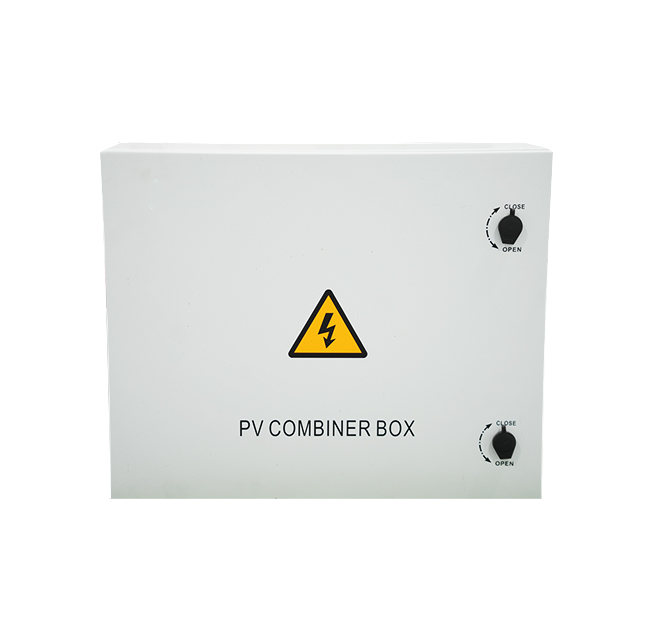Time:2025-07-01 Views:0 source:CNC Machining customization source:CNC Machining news

Ensuring the surface flatness of sheet metal components is vital for their proper assembly and functionality in various applications. Deviations from flatness can cause problems such as poor fit - up during assembly, increased stress concentrations, and reduced structural integrity. Therefore, accurate surface flatness detection is an indispensable part of sheet metal processing quality control.
There are multiple methods available for surface flatness detection. One of the most basic approaches is the use of mechanical gauges, such as straightedges and feeler gauges. A straightedge is placed across the surface of the sheet metal, and the gap between the straightedge and the metal surface is measured using feeler gauges. This method is simple and cost - effective but may have limitations in terms of accuracy and efficiency, especially for large - scale or complex - shaped components.
Optical measurement techniques have become increasingly popular due to their high accuracy and non - destructive nature. Laser - based systems, for example, project a laser line onto the surface of the sheet metal. The deformation of the laser line is then captured by a camera, and software algorithms analyze the data to determine the surface flatness. These systems can quickly scan large areas and provide detailed 3D surface profiles, enabling the detection of even minute flatness deviations.
Coordinate measuring machines (CMMs) are another advanced option for surface flatness detection. CMMs use a probe to touch multiple points on the sheet metal surface and record their coordinates. By comparing these coordinates to the ideal flat surface model, the flatness error can be calculated. CMMs offer high precision and can measure complex geometries, but they are relatively expensive and have longer measurement times compared to some optical methods.
In addition to these measurement tools, statistical process control (SPC) techniques can be applied to monitor and control surface flatness during the manufacturing process. By regularly sampling and analyzing the flatness data of produced parts, trends and variations can be identified, allowing for timely adjustments to the processing parameters to maintain consistent flatness quality.
Read recommendations:
Sealing ring Precision electronic parts
Housing components for recessed downlights Precision electronic parts
Oval Magnetic Hardware Precision electronic parts
CNC Machining Dimension Accuracy
CNC processing factory - Meeting customers' strict requirements for precision